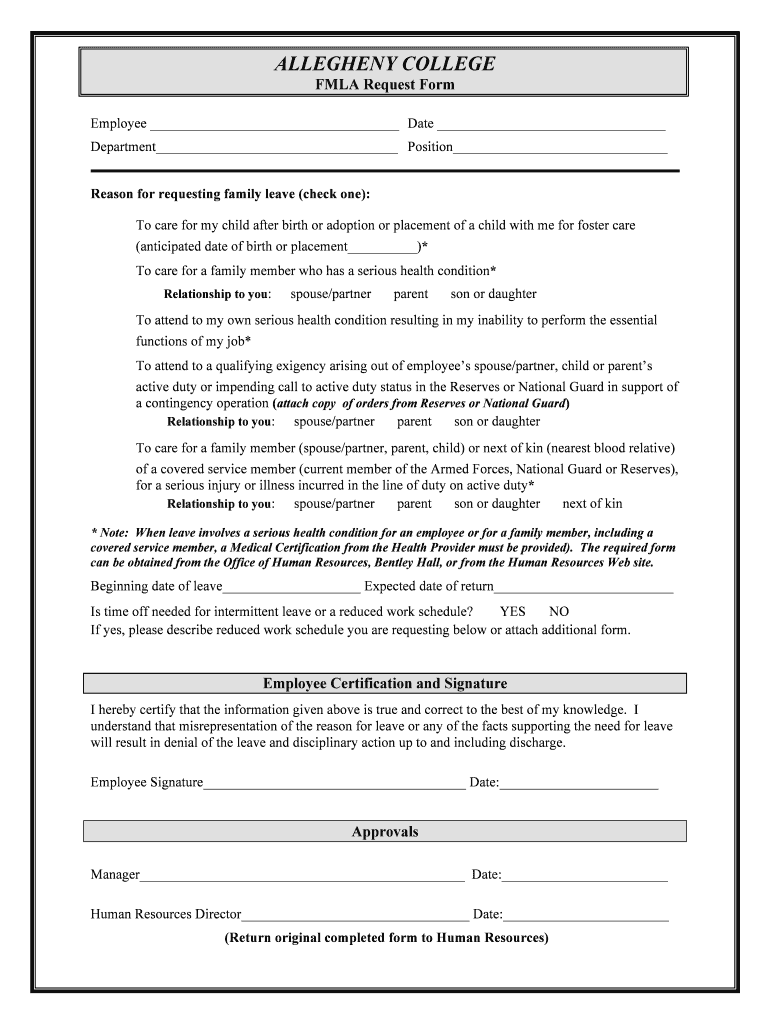CPT Code for FMLA Paperwork: A Comprehensive Guide

Understanding FMLA and Its Importance

The Family and Medical Leave Act (FMLA) is a critical piece of legislation that provides employees with job-protected, unpaid leave for specified family and medical reasons. Whether you’re dealing with a serious health condition, caring for a new child, or supporting a family member with health issues, FMLA ensures that you can take the time you need without the fear of losing your job. This guide will help you navigate through the complexities of FMLA paperwork, focusing on the role of Current Procedural Terminology (CPT) codes in this process.
What is FMLA?

FMLA was enacted to offer support to employees requiring leave due to:
- A serious health condition that makes the employee unable to perform their job.
- The need to care for a family member with a serious health condition.
- The arrival of a new child through birth or adoption.
- Certain military-related events or needs.
The Role of CPT Codes in FMLA Paperwork

When filling out FMLA paperwork, CPT codes play a significant role in documenting and justifying the medical reasons for leave:
- Definition: CPT codes are numbers assigned to each medical, surgical, and diagnostic procedure, used by healthcare providers to bill insurance companies or to document the services provided.
- Importance: For FMLA, these codes help in verifying the necessity of the leave for medical reasons, making the process smoother by providing a standardized way to communicate health conditions or treatments.
CPT Codes Common in FMLA Paperwork

Below are some common CPT codes you might encounter or use when dealing with FMLA paperwork:
| CPT Code | Description | Common Use in FMLA |
|---|---|---|
| 99381 - 99387 | Preventive Medicine Evaluation and Management Services | Used for routine health checkups which might uncover or confirm conditions needing FMLA leave. |
| 99202 - 99205 | New Patient Office or Other Outpatient Visits | Applied when a new health condition is diagnosed, requiring leave. |
| 99211 - 99215 | Established Patient Office or Other Outpatient Visits | For follow-up visits or ongoing care for chronic or serious conditions. |
| 99401 - 99404 | Preventive Medicine Counseling and/or Risk Factor Reduction Intervention | Relevant for FMLA when counseling or therapy sessions are necessary for mental health or other conditions. |
| 96150 - 96154 | Health and Behavior Assessment/Intervention | Used in cases where an employee needs time off for psychological conditions. |

Steps to Complete FMLA Paperwork with CPT Codes

Here’s how you can effectively utilize CPT codes when submitting FMLA paperwork:
1. Obtain the Appropriate Form

- Begin by downloading or receiving the FMLA certification form from your employer. This form typically requires a medical certification section where CPT codes can be applied.
2. Consultation with Healthcare Provider

- Schedule a visit with your healthcare provider to discuss your need for leave. This visit will help in:
- Diagnosing or confirming your condition.
- Deciding if you qualify for FMLA.
- Documenting the need for leave with appropriate CPT codes.
3. Document Your Condition

- Your healthcare provider will:
- Use CPT codes to indicate the procedures, services, or conditions relevant to your FMLA request.
- Complete the medical certification part of the FMLA form, ensuring all necessary codes are included.
4. Fill Out and Submit the Form

- Carefully fill out the employee section of the FMLA form:
- Ensure all information is accurate, particularly dates of leave and expected duration.
- Attach any additional medical documents or records if required.
5. Employer Review
- Once submitted, your employer will review the form, possibly seeking clarification or additional documentation if needed.
⚠️ Note: Employers must approve FMLA requests within five business days after receiving the complete certification or it's considered automatic.
6. Follow-Up and Communication

- Keep in touch with your employer and healthcare provider throughout the leave period:
- Address any queries or issues promptly.
- Stay updated on any changes in your condition or treatment plan which might affect your leave.
By understanding and using CPT codes correctly, you ensure that your FMLA leave is supported by a clear, medical justification, streamlining the process for both you and your employer.
In summary, CPT codes provide a structured way to document and communicate medical conditions or treatments needed for FMLA leave. By ensuring that these codes are accurately included in your FMLA paperwork, you not only validate your leave but also make the process more transparent and legally compliant for all parties involved.
What qualifies as a serious health condition for FMLA leave?

+
A serious health condition under FMLA typically includes an illness, injury, impairment, or physical or mental condition involving inpatient care or continuing treatment by a healthcare provider. Conditions like cancer, heart attacks, strokes, severe injuries, and chronic conditions like diabetes or asthma often qualify if they require treatment.
Do I need to provide CPT codes on my FMLA paperwork?

+
While not always mandatory, providing CPT codes can help in verifying the medical necessity of your FMLA leave. It offers a standardized way to communicate your health condition or the treatments you are undergoing, which can streamline the certification process.
How can I find the right CPT codes for my condition?
+
Your healthcare provider will typically be the one to assign the appropriate CPT codes. However, you can also look up common codes related to your condition or procedure on websites like the American Medical Association’s CPT code lookup or through your insurance provider’s resources.